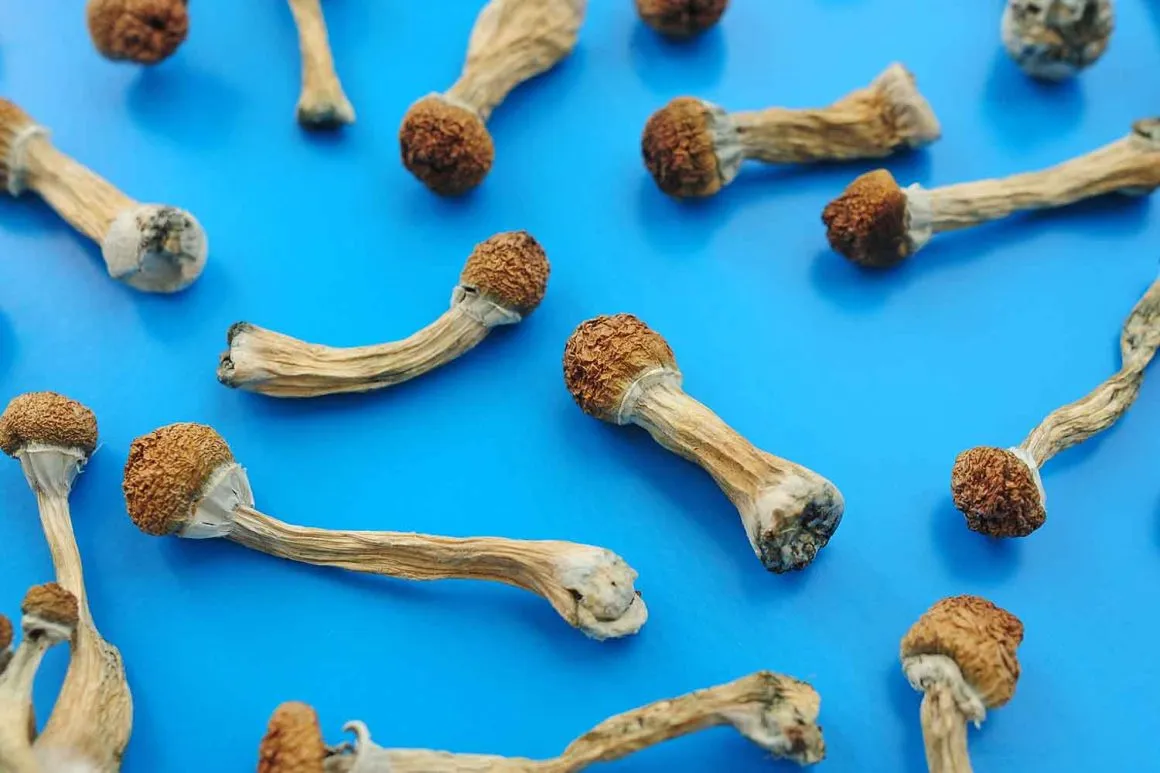Woodworms, the larvae of various wood-boring beetles, often get a bad rap for their destructive tendencies, particularly in wooden structures. However, these organisms play a crucial role in forest ecosystems, contributing to the health and sustainability of wooded environments. Understanding the ecological role of woodworms helps highlight their importance in nutrient cycling, habitat creation, and forest dynamics.www.shashel.eu
1. The Life Cycle of Woodworms
1.1. From Egg to Adult
Woodworms begin their life cycle as eggs laid in cracks or on the surface of wood. After hatching, the larvae burrow into the wood, where they feed on cellulose and lignin. This process can take several months to years, depending on the species and environmental conditions. Eventually, the larvae pupate and emerge as adult beetles, completing the cycle and starting the process anew.
1.2. Species Diversity
There are several species of woodworms, each with unique behaviors and ecological niches. Some of the most common include the common furniture beetle (Anobium punctatum) and powderpost beetles (Lyctus species). Each species contributes differently to the ecosystem, depending on their feeding habits and wood preferences.
2. Nutrient Cycling
2.1. Decomposition Process
Woodworms play a vital role in the decomposition of dead and dying trees. By feeding on decaying wood, they accelerate the breakdown of organic material, facilitating the recycling of nutrients back into the soil. This process enriches the forest floor, supporting the growth of new plants and trees.
2.2. Enhancing Soil Quality
The frass (fecal matter) produced by woodworms is rich in nutrients and contributes to soil health. As the larvae tunnel through the wood, they create channels that allow air and moisture to penetrate deeper into the wood and surrounding soil. This aeration helps promote microbial activity, further enhancing nutrient cycling.
3. Habitat Creation
3.1. Biodiversity Support
Woodworm activity creates habitats for various organisms. The cavities and tunnels formed in dead or dying trees can provide nesting sites for birds, small mammals, and insects. This increase in habitat complexity supports greater biodiversity within forest ecosystems.
3.2. Facilitating New Growth
As woodworms break down older trees, they pave the way for new growth. Dead and decaying trees—often referred to as snags—are essential for forest regeneration. They provide habitat and food for various wildlife species, contributing to a balanced ecosystem.
4. Forest Dynamics
4.1. Natural Thinning
Woodworms contribute to the natural thinning of forests by breaking down weak or diseased trees. This process helps maintain the health of the forest by allowing stronger trees to access more resources, such as light, water, and nutrients. In this way, woodworms play a role in forest management and resilience.
4.2. Response to Environmental Changes
Woodworm populations can serve as indicators of environmental health. Changes in their activity levels may reflect shifts in forest conditions, such as climate change, humidity levels, or the presence of other pests. Monitoring woodworm populations can provide valuable insights into the overall health of forest ecosystems.
5. Conclusion
While woodworms are often viewed solely as pests, their ecological role in forest ecosystems is vital. By participating in nutrient cycling, creating habitats, and influencing forest dynamics, these organisms contribute to the overall health and sustainability of wooded environments. Understanding and appreciating the positive impacts of woodworms can shift our perspective on pest management, emphasizing the need for a balanced approach that considers ecological functions alongside human interests. By recognizing their role in nature, we can foster healthier forest ecosystems and promote biodiversity for future generations.


